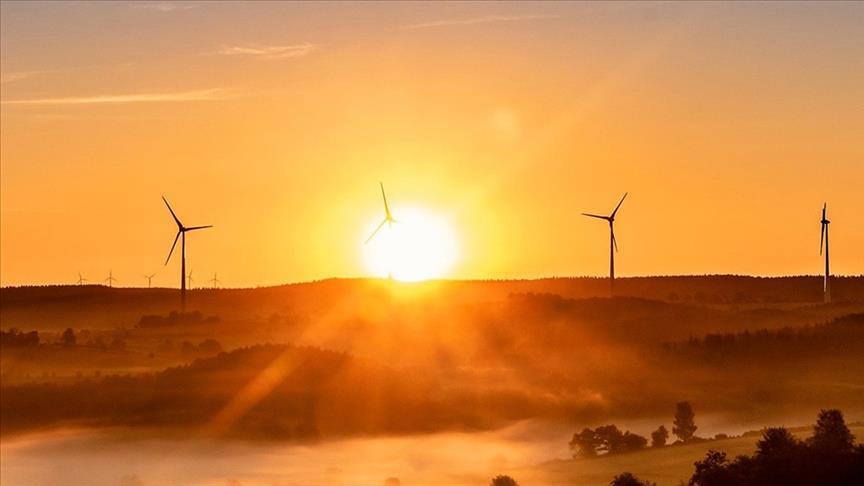Global energy demand will increase by over 24% by 2050 compared to 2023, according to the World Oil Outlook 2050 by the Organization of the Petroleum Exporting Countries (OPEC) on Tuesday.
OPEC forecasts that primary global energy demand will increase to 374.1 million barrels of oil equivalent per day (boepd) in 2050, representing a rise of around 72.9 million boepd from the 2023 level.
The average annual growth rate between 2023-2050 is expected to be 0.8%, with growth decelerating towards the end of the outlook.
'This is in line with slower population and economic growth, as well as increasing energy efficiency in end usage and energy transformation,' according to the report.
Energy demand growth is driven by developing regions with an increase of 73.5 million boepd, while in OECD countries, it drops slightly by around 600,000 boepd.
The share of non-OECD countries in global primary energy demand is expected to increase to 71.5% in 2050, up by 7 percentage points from 2023. However, the share of OECD countries is projected to decline to 28.5%.
- Demand for all energy sources increases, except coal
Demand for all primary fuels, except coal, is set to increase in the long term.
The largest increase is expected to come from renewables, mainly wind and solar, which will rise 42.9 million boepd, expanding from 9.6 million boepd in 2023 to 52.4 million boepd in 2050, based on strong policy support and favorable economics in many regions.
The second largest increase is anticipated from gas. Natural gas is expected to increase by 20.5 million boepd and reach 89.6 million boepd in 2050, as it 'will play an important role in CO2 emissions reductions by replacing coal in the power generation mix.'
Oil demand is also expected to grow significantly, increasing by 16.7 million boepd to 109.6 million boepd by 2050.
It is followed by nuclear energy with 9.6 million boepd, biomass with 8.2 million boepd, and hydropower with 4 million boepd.
Coal is the only primary fuel expected to see a demand decline, 'due to stringent energy policies in most regions.' Demand for coal is forecasted to decline by 28.9 million boepd between 2023 and 2050.
- Oil retains highest share in global energy mix
According to the report, big shifts in the energy mix are seen throughout the outlook period, but oil and gas are set to remain crucial for energy supply in the period to 2050.
Their combined share in the energy mix is expected to stay above 53%.
Oil will remain the largest energy source over the entire outlook period. 'This is despite the fact that its share in the global energy mix will slightly decline from around 31% in 2023 to 29.3% in 2050,' the report said.
Gas is expected to overtake coal in the energy mix by 2030 and become the second-largest fuel in terms of demand, with a 24% share.
The share of other renewables in the energy mix is forecasted to rise from around 3.2% in 2023 to 14% in 2050 and to rank in third place.
By Firdevs Yuksel
Anadolu Agency
energy@aa.com.tr


